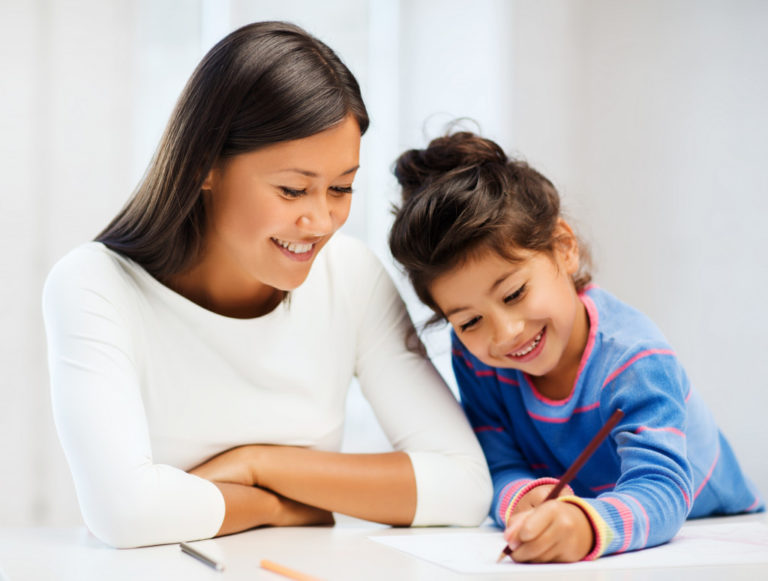As the coronavirus pandemic swept across the world, people have to observe social distancing measures to protect themselves and their families at home. This left us with no choice but to resume our activities online, such as remote working, shopping, and even sending our child to school. Although home school or distance learning isn’t entirely a new scenario, more parents are now enrolling their kids in virtual schools to support their academic growth amid a pandemic.
While virtual schools made learning possible, this placed a bigger responsibility on parents for their child’s learning. To make distance learning work, parents should provide support for their children. The main challenge lies in how parents oversee virtual learning while working and managing the household all at the same time. This is where homeschool resources come in, such as home learning packets to help parents access quality teaching resources to make homeschooling easier.
Parenting is indeed challenging, and the pandemic certainly hasn’t made it any easier. Distancing learning requires a newer level of parent engagement to ensure your kid’s education is on the right track. But for it to work, the family should have a decent plan in place while considering flexibility, patience, and balance. That being said, here are some ways to prepare the family for distance learning.
Create a learning space
As schools rapidly transitioned to virtual learning, parents have to create a makeshift area for schoolwork. But since there’s no clear plan yet when kids will return to school, it’s time to set a permanent area conducive to effective learning.
Having a home office does not only apply to remote workers. Even children need a dedicated space to focus on their schoolwork. Your children will learn best in school if they’re studying in a quiet and comfortable area. Ideally, the place should have a different setup than where they play or watch TV. Remember that children will have to spend many hours in the study area, so make sure to provide comfortable desks and chairs to avoid posture problems.
When setting up a learning space, make sure the area is free from conflict, stress, and distractions. If you have a guest bedroom or any spare room, use the extra space to transform it into a study area. If there’s none, refurnish the attic or basement to make the room more comfortable.
Once you have chosen the room, try dividing it into three areas; an academic area for tutoring and studying, a reading nook, and an art area where kids can sprawl out for their art and school projects. Regardless of its look, your child’s learning space should be an ideal environment that reduces stress, boosts focus, and nurtures learning.

Observe time management
Humans are creatures of habit. That’s why it’s never easy for kids to transition to distance learning. There’s no set schedule and school bells to mark the end of the class or signal for lunchtime.
Following a consistent learning schedule will help kids easily transition to schooltime while allowing parents to plan their workday. According to a 2019 study, students with higher grades are those with efficient time management skills. In this regard, apply consistency and structure around the house, such as time for schoolwork, TV watching, meals, and other activities.
A great tip is to encourage children to follow the same schedule or habits they had when going to school. This means they should wake up and do schoolwork at the same time they used to during regular school days. You may also observe which time of the day they are more focused and engaged to adjust their schedule depending on their productivity level.
For young students, break down each subject to give the student time to rest instead of letting them finish an entire class in one sitting. You can also assign breaks between subjects to take their meals and prevent them from getting tired easily.
Allow kids to reach out to their friends
School is more than just a place where kids learn and do extracurricular activities. It serves as an avenue to socialize, enhances their communication skills, and provides a positive impact on their academic performance.
It’s natural for students to miss school, as well as their classmates and teachers. Without time for socialization, children may suffer from stress and anxiety without having their peers around.
The best you can do is to allow children to talk to their friends online to reduce the emotional impact of becoming physically distanced. Although teachers can also engage students through videoconferencing applications, parents should encourage their children to interact with their peers to seek support in these trying times.
Distance learning opened opportunities for parents to play an active role in their children’s education. This is a great chance to bond with your child while shaping their academic growth. But remember, every child is unique, so you need to find the best learning technique that works for them.

